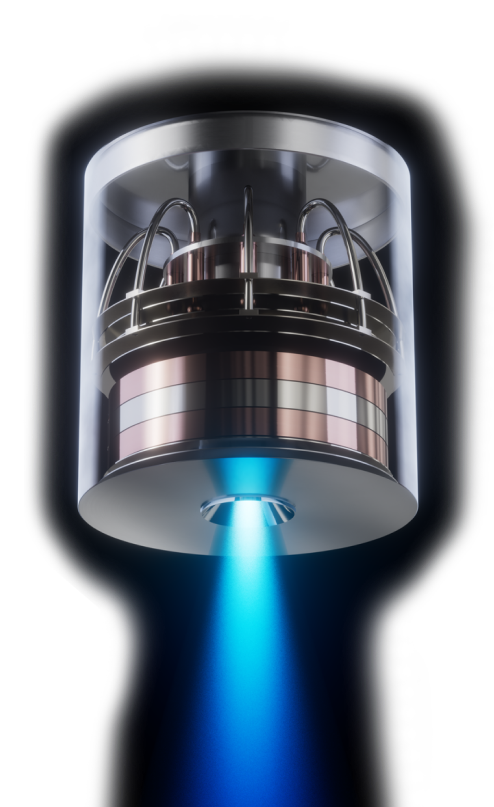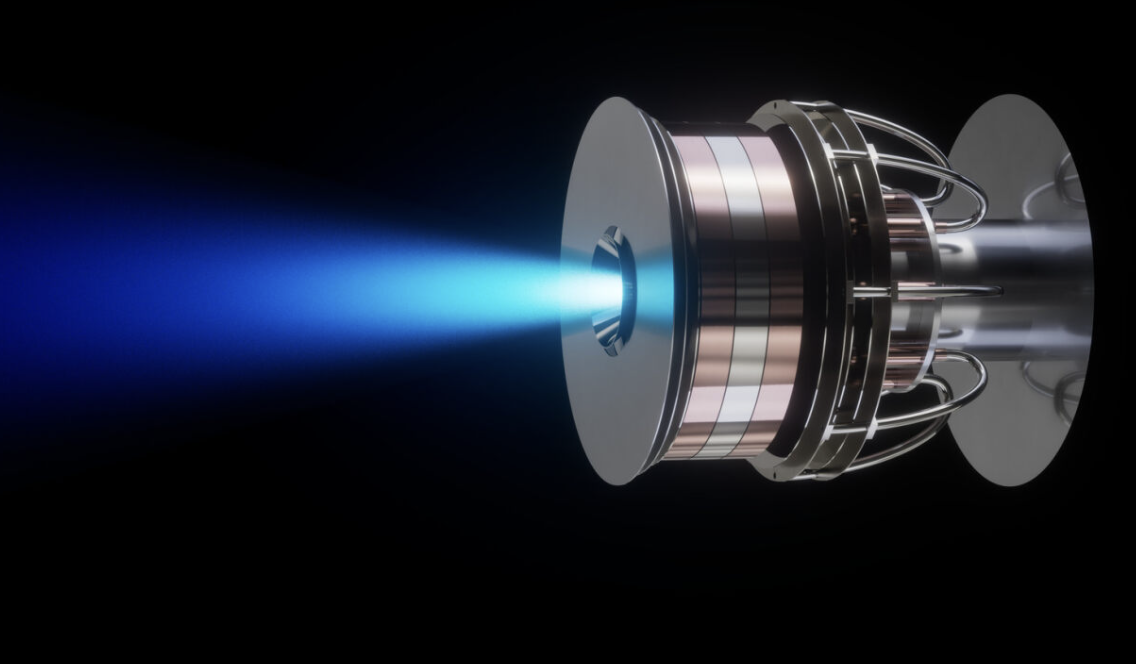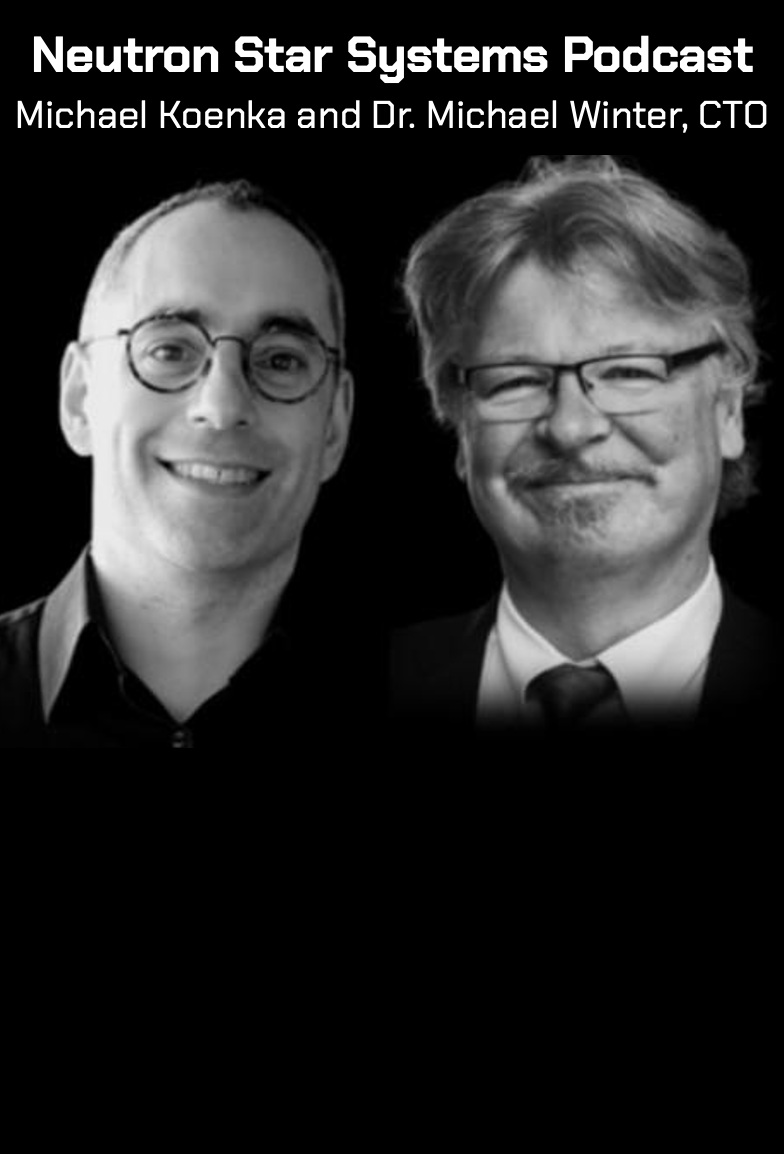
The Future is
electric
One of the most efficient thrusters on the market
for its extraordinary payload capacity and thrust levels.
We drastically reduce mission costs
by using more affordable and accessible propellants like Argon.

On a technical side, the high temperature superconductors-based magnetoplasmadynamic electric propulsion offers unmatched operational flexibility, scalability, and thrust efficiency.
Leading the future of in-space propulsion, the innovative Supreme thruster can be integrated in hybrid chemical/electric propulsion architectures and operate on alternative, low-cost propellants, such as Argon and Ammonia (100X+ cheaper than Xenon).
Once proven, this brilliant combination of disruptions will eventually allow significant savings in mission costs, especially at higher powers, and provide drastically more efficient maneuverability capabilities for orbiting, docking and avoidance.
Receive product updates
with our newsletter


Revolution in development
Our SUPREME thrusters are currently in development thanks to the involvement of our consortium members. The inception of this consortium has been made possible by the financial support of the European Innovation Council, and their Pathfinder and Transition grants.



Applied-Field MagnetoPlasma- Dynamics (MPD):
The main acceleration mechanism in MPD thruster is based on Lorentz forces caused by the interaction of charged particles with a magnetic field. HTS Applied-Field MPD thrusters generate high magnetic fields, which will derive low discharge currents, and decrease the needed input power to increase thrust efficiency.
High-Temperature Superconductors:
Superconductivity is the characteristic of a material having zero electrical resistance. This allows superconductors to conduct huge quantities of electricity in very small and lightweight cables. Superconductors can generate much stronger magnetic fields than conventional conductors. The higher the HTS operating temperature the lower the required cooling performances.
Thermo-management system:
Inside the discharge unit, the electrodes may reach high temperatures of thousands of Kelvin while in the surrounding HTS coil, temperatures of 60 K have to be maintained. This requires particular attention to the design of a Thermal Management System (TMS) which protects the HTS coil from the heat flux generated in the discharge unit.
Differentiators
SUPREME can produce a high thrust at high efficiencies, a combination unmatched by our competitors.
Throttle Ability
A single SUPREME thruster can be used for a wide range of missions with different thrust and efficiency requirements.
Read MoreScalability
SUPREME thrusters are truly scalable, ranging from 1kW engines for small satellite constellations to 1000kW for cargo missions to the Moon and Mars.
Read MorePropellant Flexibility
SUPREME can operate on propellants like Argon, Hydrogen, Ammonia (up to 1000x cheaper than status quo), saving millions of euros per mission.
Read MoreHeritage
We're building on over 60 years of research heritage in six nations, with well-understood physics and proven experimental operations.
Read MoreConsortium
The SUPREME project is currently developed by different partners who each add key value to the consortium, and all aim at disrupting in-space propulsion for the better. The consortium gathers the Institute of Space Systems (IRS), University of Stuttgart, Airbus Crisa, the University of Twente, Neutron Star Systems, and Peak Technology.
The Faces Behind The Consortium

Electric propulsion
University of Stuttgart

Airbus CRISA

PEAK Technology

Neutron Star System









